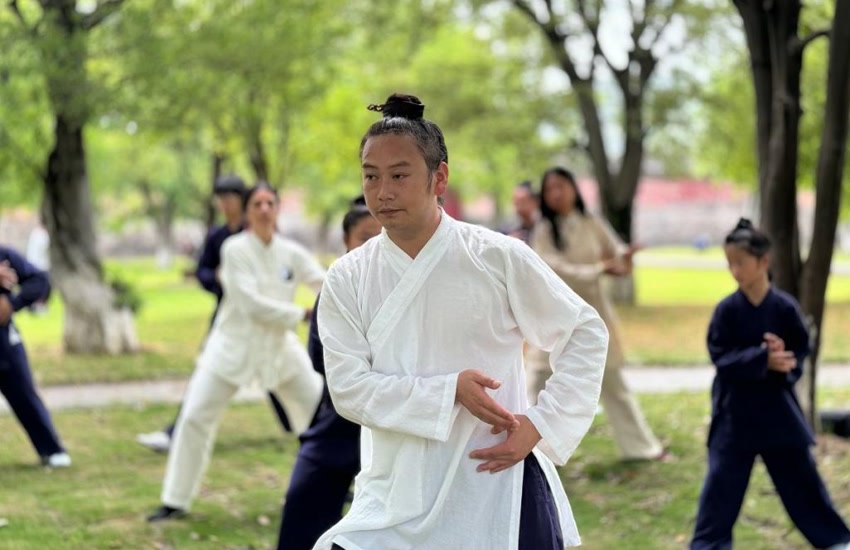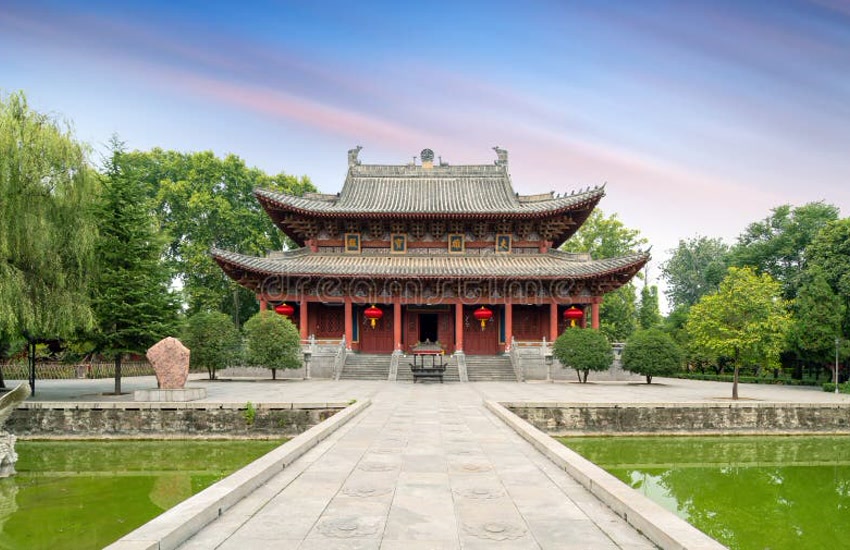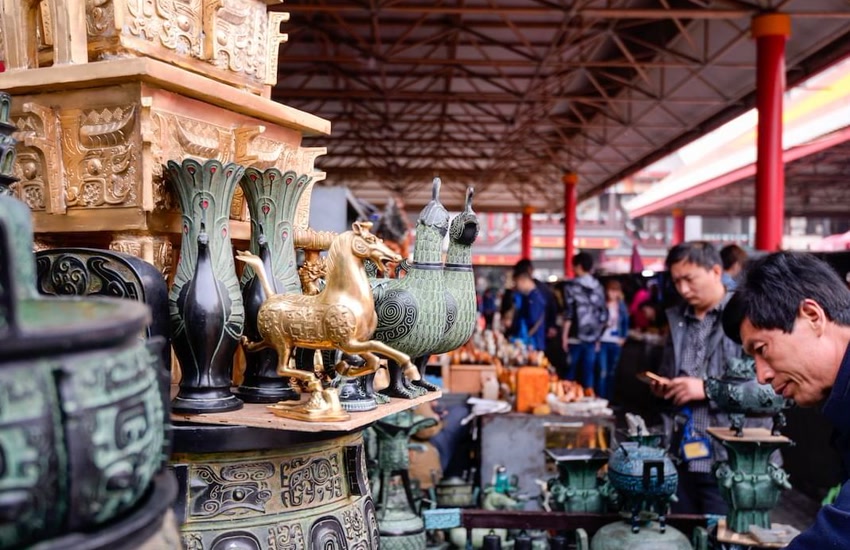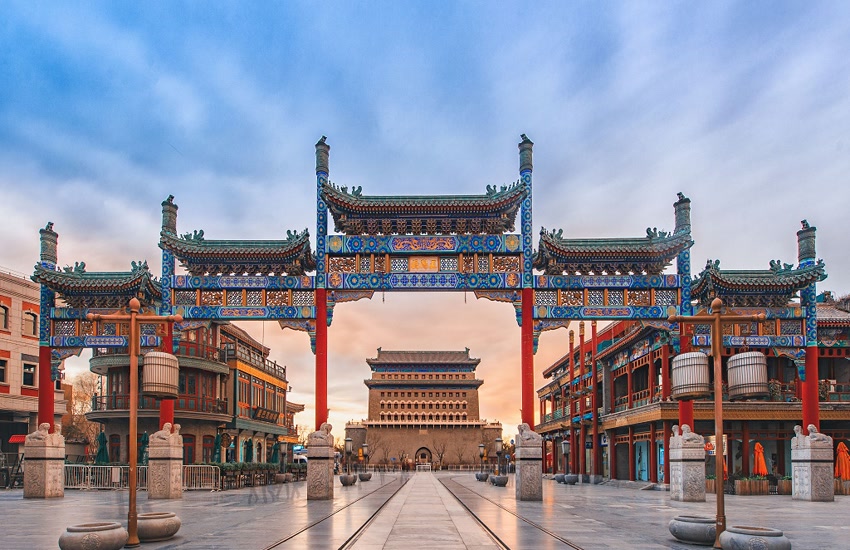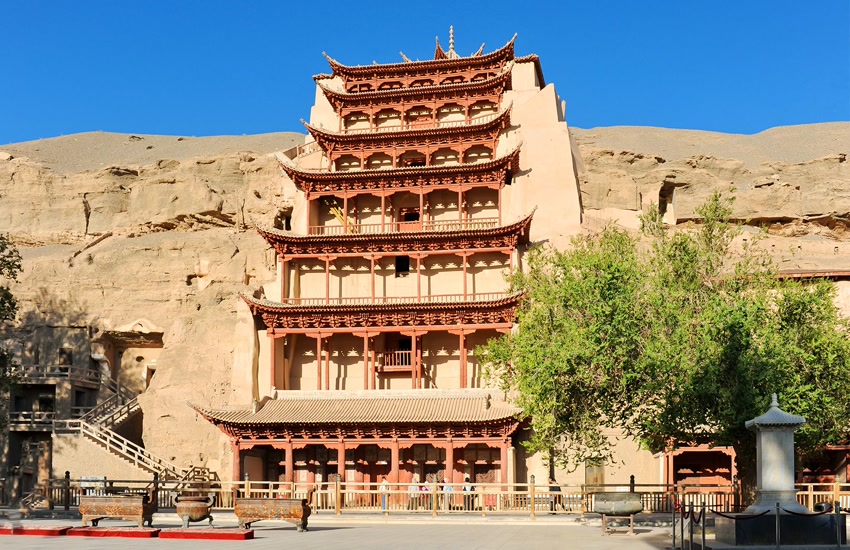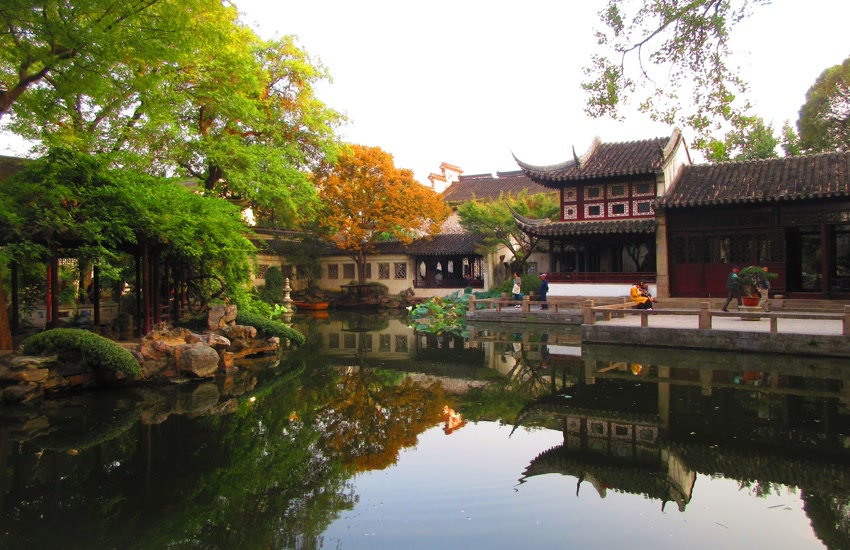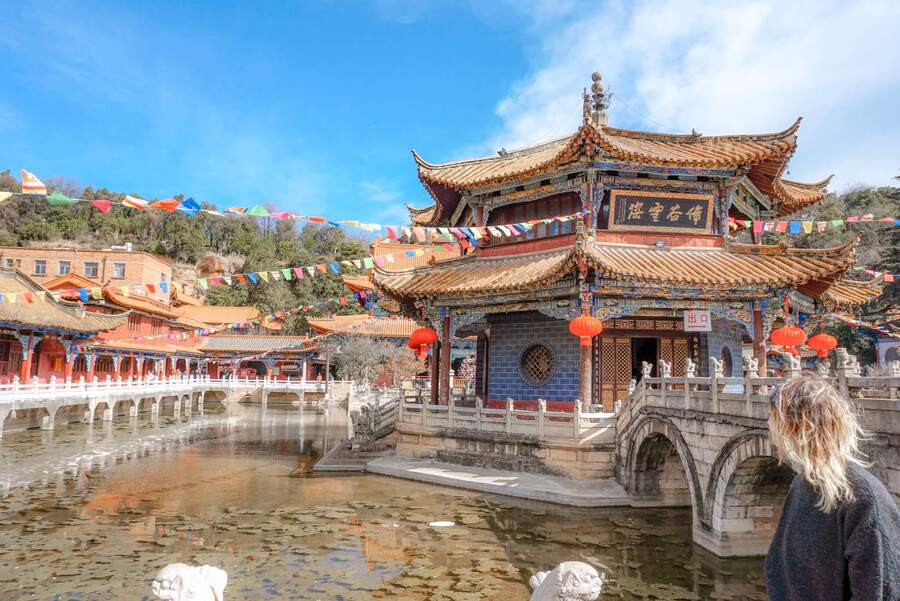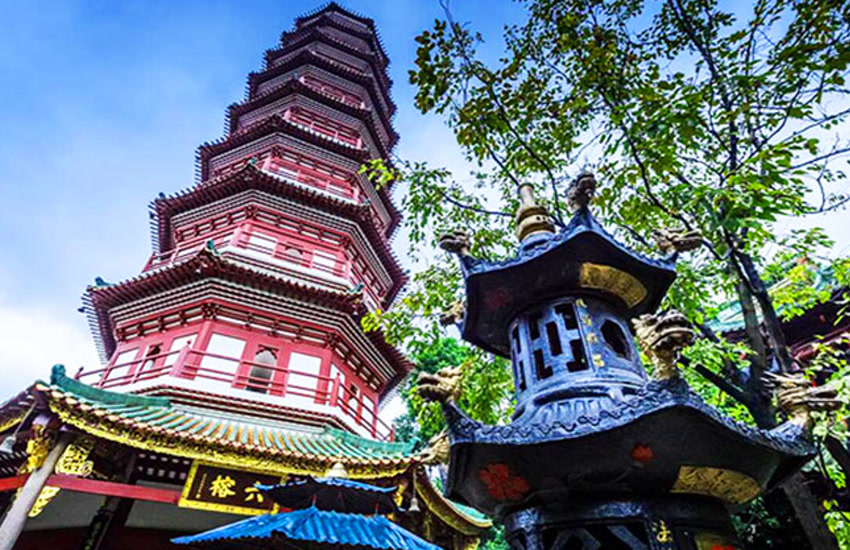
Hey everyone! It’s your girl, back with another adventure from the heart of China.
This time, I’m taking you to Guangzhou, a vibrant metropolis buzzing with energy and rich history.
And nestled amidst the skyscrapers and bustling markets, I found a pocket of serenity that I just have to share the Temple of the Six Banyan Trees.
A Journey Through Time: The History of the Temple
The Temple’s Origins
Let’s dive into the history of this fascinating temple. The Temple of the Six Banyan Trees, also known as Liurong Temple (六榕寺) in Chinese, boasts a history stretching back almost 1500 years! Originally built in 537 AD during the Liang Dynasty, it was initially called Baozhuangyan Temple. This was under the order of Emperor Wu of Liang, in order to house relics of Cambodian Buddhist saints that had been brought to Panyu. Exploring such historical sites is just one of the amazing things to do in china – beijing and beyond.
A Poetic Renaming
Over the centuries, the temple has faced numerous challenges, including fires and subsequent rebuilds. One of the most significant moments in its history occurred during the Northern Song Dynasty. The renowned poet and calligrapher Su Shi (also known as Su Dongpo) visited the temple around 1100 AD. Captivated by the sight of six magnificent banyan trees within the temple grounds, he penned the poem “Six Banyans” (Liu Rong). His beautiful calligraphy was carved into stone, and the temple was renamed in honor of his visit and the trees he so admired. Talk about a lasting impression! While in Guangzhou, you might also consider a visit to the temple of the six banyan trees guangzhou.
The Flower Pagoda: A Towering Landmark
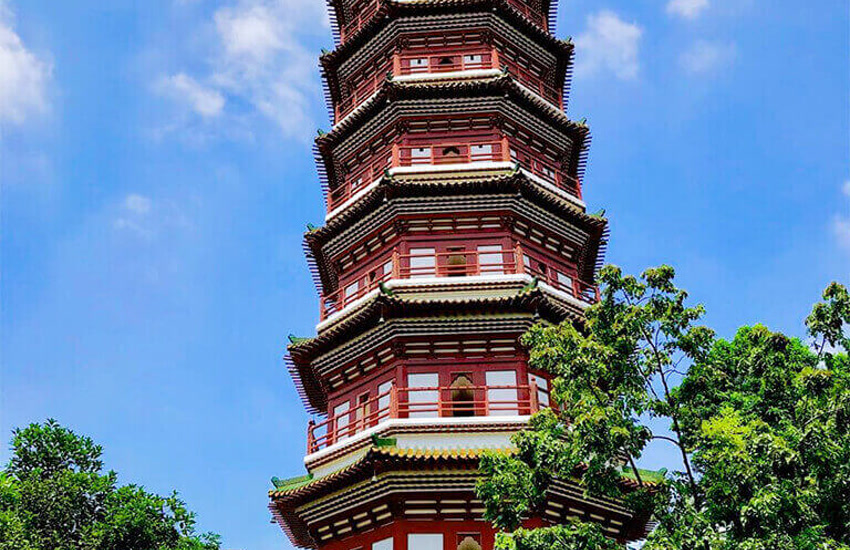
An Architectural Marvel
One of the temple’s most iconic features is undoubtedly the Flower Pagoda. Originally constructed in 1097, the pagoda is also known as the Liurong Pagoda and is one of the oldest landmarks in Guangzhou. It’s had its fair share of ups and downs. After being destroyed by fire, it was rebuilt in 1373 during the Ming Dynasty, and then renovated in 1900. You could easily add this as a stop while building your perfect china itinerary.
The View from Above
Unfortunately, during my visit, climbing the Flower Pagoda wasn’t allowed, but I’m told that the panoramic views of Guangzhou from the top are absolutely breathtaking. Hopefully, it will be open again soon! This would truly enhance any china trip itinerary.
Exploring the Temple Grounds: What to See
Highlights of the Temple
The Temple of the Six Banyan Trees covers a substantial 8,500 square meters, and there’s plenty to explore. The temple complex is laid out along two main axes, with the Flower Pagoda at the heart. Walking around the temple offers a glimpse into a unique architectural style; the combination of ancient China and early India is a sight to behold. This temple offers a contrast to modern buildings and a peaceful break, unlike the hustle of a beijing china market.
Key Areas to Visit
- Main Shrine Hall (Daxiong Baodian): This is where you’ll find three giant Buddha statues, each standing 6 meters tall and weighing 10 tons. Inside the hall, there’s also a beautiful wooden stupa, a gift from the brother of the Thai Emperor in 1985. You will be in awe by their beauty!
- Hall of Heavenly Kings: As you enter the temple grounds, you’ll encounter the “Laughing Buddha” (Maitreya), a symbol of happiness and prosperity in Chinese culture. Surrounding him are the statues of the Four Heavenly Kings, each holding symbolic objects representing wind, harmony, rain, and smooth-going all contributing to “good weather for the crops,” a blessing for abundance. Consider visiting this area if you seek good fortune!
- Hall of Friendship: Located north of the Main Shrine Hall, this hall houses a statue of Shakyamuni, a gift from the Thai Ministry of Education, symbolizing the strong friendship and Buddhist exchanges between China and Thailand. The beautiful interior design is a must-see!
- Hall of Huineng: As one of the birthplaces of Chinese Zen Buddhism, be sure to see the Hall of Huineng, dedicated to one of the founders of Chinese Chan Buddhism. If you’re interested in history, you may find this a must see spot in the temple!
Finding Peace and Good Fortune
The Atmosphere of the Temple
Despite being located near the center of Guangzhou, the Temple of the Six Banyan Trees provides an escape from the hustle and bustle. The atmosphere within the temple is incredibly tranquil, offering a chance for spiritual reflection. Exploring the temple might be one of the fun activities in beijing.
Local Customs and Practices
I noticed many locals visiting the temple to pray, especially during Chinese festivals. You can even pay for a private blessing with a monk or toss a coin into the courtyard fountain for good luck! Experiencing this culture might leave an impact on your travel!
Planning Your Visit: How to Get There and What to Know
Practical Information
Ready to visit the Temple of the Six Banyan Trees? Here’s some practical information. Before you go, learn some basic days of the week in china so you can easily plan your schedule!
Address and Opening Hours
Address: No.87, Liu Rong Road, Zhong Shan 6 Road, Yuexiu District, Guangzhou City, Guangdong Province, China.
Opening Hours: 08:00~17:00 everyday
Tickets: ¥ 5 per ticket
Transportation
The temple is easily accessible by taxi, bus, or subway.
Getting There
| Method | Directions |
|---|---|
| By Metro | Take the Guangzhou Metro Line 1 to Ximenkou Station (西门口站) and use Exit C. Walk east along Zhongshan 6th Road for about 5 minutes, and you’ll find the temple on your right. You can also get off at Gongyuanqian Station. |
| By Bus | Numerous bus lines stop near the temple. Check local bus routes for the most convenient option from your location. |
Helpful Tips
- If you’re interested in experiencing Buddhist prayers, consider visiting during Chinese festivals like Spring Festival or the Dragon Boat Festival.
- Remember that you can pay for a private blessing with one of the monks.
- Tossing a coin into the courtyard can for good luck is a common practice.
- Photography of Buddha statues is generally not allowed.
Nearby Attractions
Other Places to Visit
While you’re in the area, consider visiting these other attractions. Remember to check the tiananmen square tickets booking process in advance if you are planning a trip to Beijing!
- Chen Clan Ancestral Hall: A stunning example of traditional Cantonese architecture.
- Guangxiao Temple: Another significant Buddhist temple in Guangzhou.
- Yuexiu Park: A large park with historical monuments and beautiful scenery.
- Sun Yat-sen Memorial Hall: Dedicated to the founding father of modern China.
- Baiyun Mountain: Offers panoramic views of the city.
- Zhenhai Tower: A historic tower with a museum showcasing Guangzhou’s history.
Final Thoughts
My visit to the Temple of the Six Banyan Trees was a welcome respite from the frenetic energy of Guangzhou. It’s a place where history, spirituality, and natural beauty converge. Whether you’re a devout Buddhist, a history enthusiast, or simply seeking a moment of peace, this temple is definitely worth a visit. Remember to pick up some souvenirs from china to remember your trip!
Have you been to Guangzhou? What were your favorite spots? Share your experiences in the comments below! Also, remember to stay hydrated with some chinese tea in chinese!
If you’re planning a broader journey through China, you might also be interested in our articles on the best things to do in Beijing or exploring Hong Kong.




